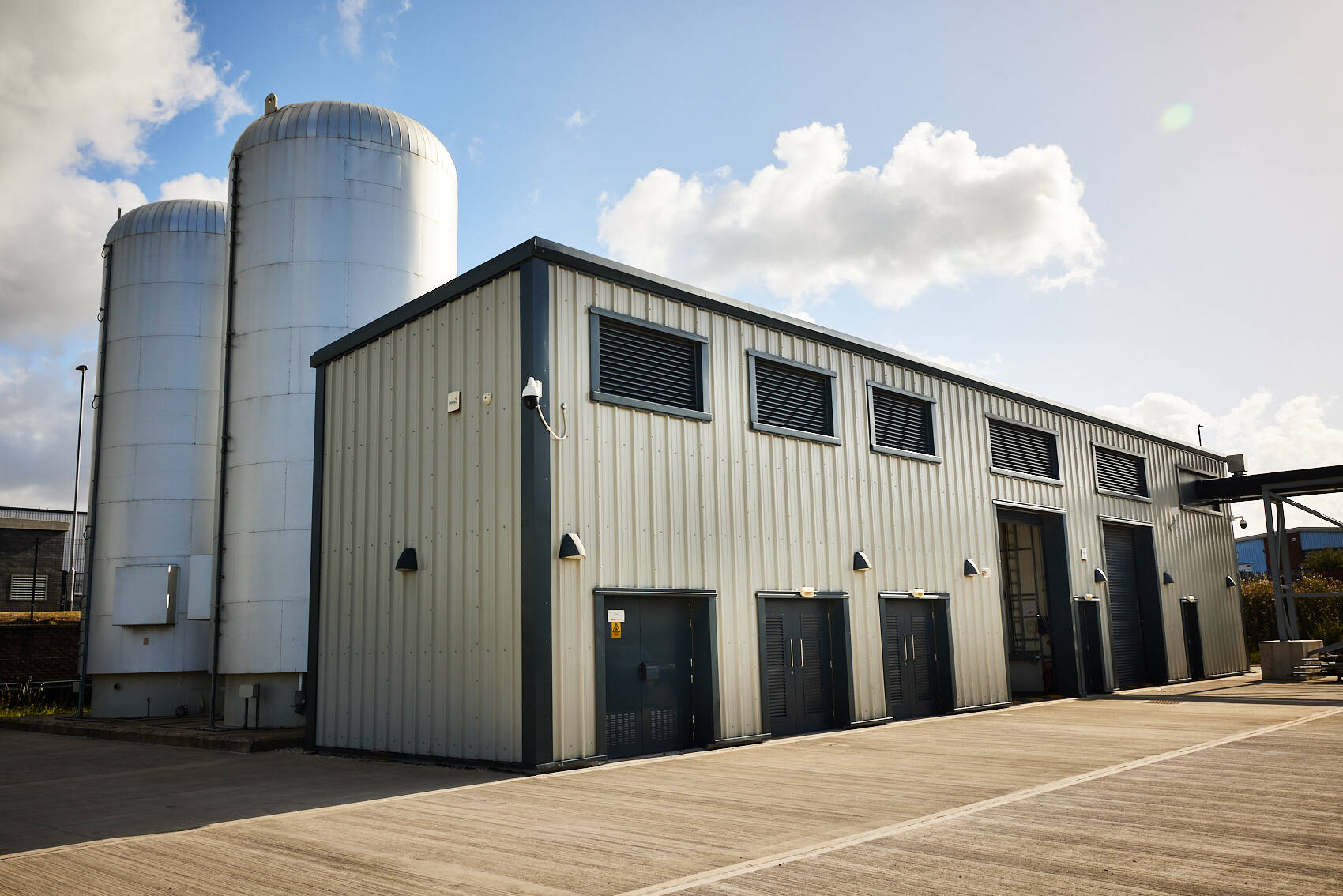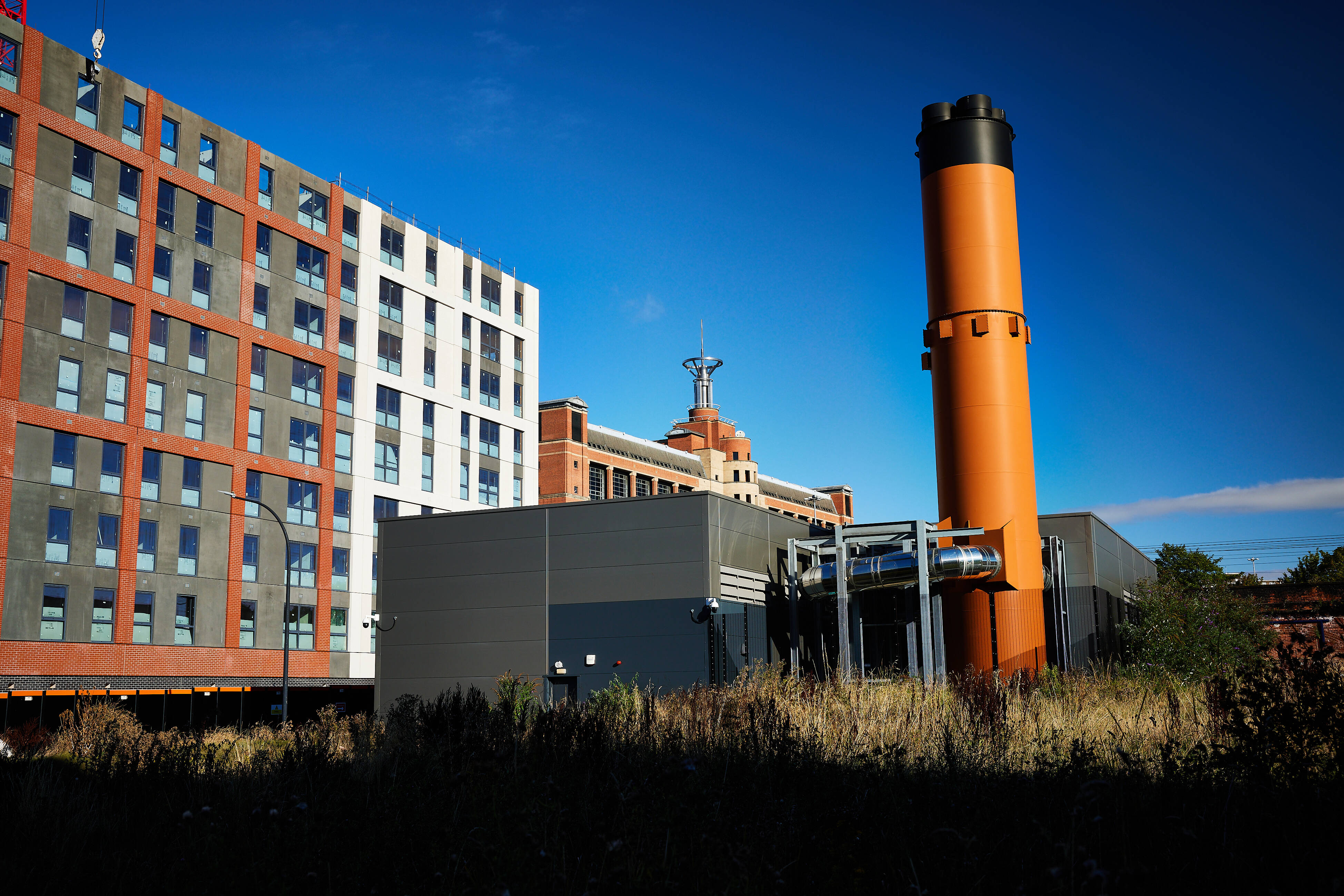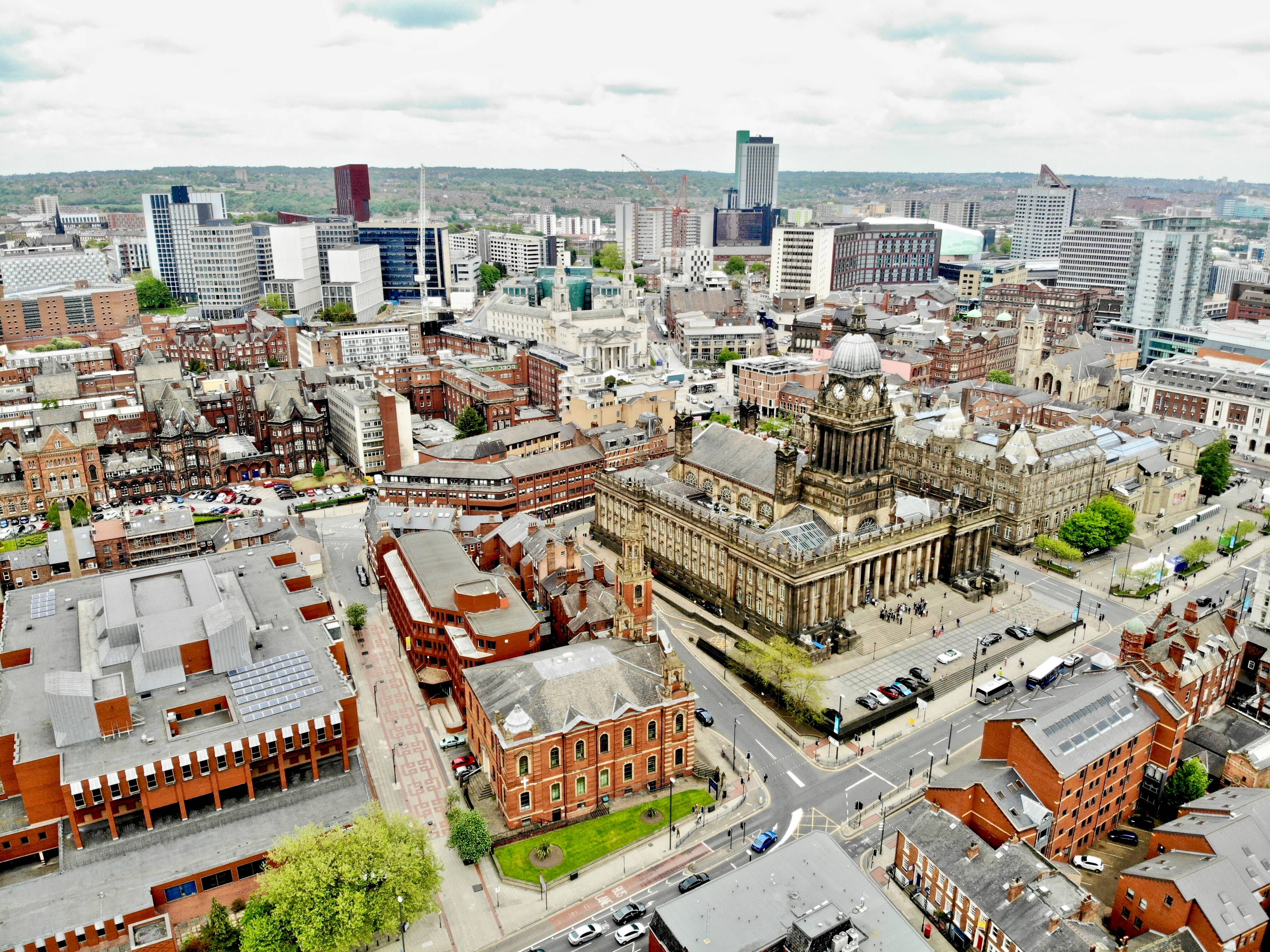You’ve reached your limit!
To continue enjoying Utility Week Innovate, brought to you in association with Utility Week Live or gain unlimited Utility Week site access choose the option that applies to you below:
Register to access Utility Week Innovate
- Get the latest insight on frontline business challenges
- Receive specialist sector newsletters to keep you informed
- Access our Utility Week Innovate content for free
- Join us in bringing collaborative innovation to life at Utility Week Live

Vital Energi managing director Mike Cooke sheds light on the next phase of a £45 million pound low-carbon heat network in Leeds fuelled by the city’s waste.
Since its customers started drawing heat in February 2020, the Leeds Pipes network has used nearby recycling and energy recovery facilities to covert the city’s waste into heat and hot water, and pump it into thousands of homes.
 After breaking ground in 2018, the project’s first phase saw 1,983 homes across a range of multi-storey flats connect and provided with new in-home heating systems including new radiators and controls. The second phase extended the network into Leeds city centre to a number of civic and commercial buildings.
After breaking ground in 2018, the project’s first phase saw 1,983 homes across a range of multi-storey flats connect and provided with new in-home heating systems including new radiators and controls. The second phase extended the network into Leeds city centre to a number of civic and commercial buildings.
By completion, project partners Vital Energi and Leeds City Council will have created two energy centres feeding a 26.5km system of underground pipes – as well as upgrading in-home heating systems and civic building plant rooms city-wide. Ultimately, it’s hoped that Leeds Pipes will cut the city’s carbon emissions by approximately 16,220 tonnes per year at full build and help Leeds become a carbon-neutral city by 2030.

Supported by £3 million from the Heat Network Investment Project (HNIP), a third phase – commencing this month– will extend the network’s spine by 2,500m and add student apartments, residential developments, multi-storey flats and large public sector sites to the nearly 2,000 dwellings and the dozen non-domestic buildings already covered.
This comes off the back of prior regional, national and European-level funding, including £4 million from West Yorkshire Combined Authority and Leeds City Region Enterprise Partnership (LEP) through the Leeds City Region Growth Deal, and £5.8 million from the European Regional Development Fund to connect 1,080 council homes.

- Resilience, reliability and collaborative transformation to adopt technology and innovation are among the key themes at the Utility Week Forum, which will take place in London on 8-9 November. Find out more here.
Facilitating changing demand
The recycling and energy recovery facilities upon which Leeds Pipes is built are designed to remove and sort recyclables from black bin waste before combustion to both generate heat and electrical energy as well as cut the amount of waste sent to landfill.
 Black bin rubbish is initially collected from across Leeds, shredded, and sorted to extract metal using overband magnets and eddy current separators. Products such as aluminium cans are then sent to reprocessors to be made into new products.
Black bin rubbish is initially collected from across Leeds, shredded, and sorted to extract metal using overband magnets and eddy current separators. Products such as aluminium cans are then sent to reprocessors to be made into new products.
The remaining waste is then incinerated in carefully controlled conditions, with excess heat used to turn water into steam, which powers a turbine to generate electricity. The ash from the process is recycled into construction aggregate.
Gas from combustion is captured and extensively cleaned, with any acidic gas neutralised, pollutants with activated carbon removed, and fine particles captured with a fabric filter. Bi-products classed as air pollution control residues may then be reused in wider chemical or industrial processes.

Given fluctuating energy demand over the course of a year, one of the foremost challenges facing project partners is the need to ensure that Leeds Pipes offers a resilient system that can meet heating requirements in all circumstances, Mike Cooke, Vital Energi’s managing director for north and Scotland, tells Utility Week Innovate.
“That’s why the first energy centre, Cross Green, converts the waste steam from the Recycling and Energy Recovery Facility to low-temperature heat and hot water for distribution through the network,” he says. “Whereas the second energy centre, Saxton Gardens, was designed and delivered to meet peak demands which have the added resilience from gas boilers to ensure the network has a reliable supply.”
 Additional practical barriers have included consumer engagement and the integration of new network features into a diverse range of housing stock and demand profiles.
Additional practical barriers have included consumer engagement and the integration of new network features into a diverse range of housing stock and demand profiles.
“Leeds Pipes is designed to be accessible to a range of buildings, from new builds to multi-storey flats, historic public buildings and healthcare facilities,” Cooke explains. “As such, we knew that the network needed to function for various building offtake temperatures, so we delivered remedial works such as improving heating systems and installing sprinkler systems to ensure that existing buildings could connect to the network and maintain its efficiency.”
City-wide collaboration
Providing an update on the project ahead of phase three, Cooke adds that a Local Development Order implemented by Leeds City Council has helped accelerate delivery by simplifying planning processes – allowing the project to move at what he claims is an “unprecedented” rate.
“While installing the main spine of the network, to maximise efficiency and minimise disruption to the people and places surrounding construction, the first phase of the district heating network was delivered in tandem with an existing transport upgrade project,” he continues. “We worked closely with all the stakeholders delivering the transport upgrade project to ensure the work collectively was successfully coordinated.”
This saw Vital Energi re-schedule its works programme to be “first in trench” at shared building sites – an approach which ensured district heating work completed ahead of other contractors to avoid disruption caused by multiple excavations and street works.
A separate project will also see Leeds Magistrates’ Court and Leeds Combined Courts connect to Leeds Pipes – taking up to 800kW and 1,400 kW from the network respectively.
“Moving away from fossil fuel heating is a priority for us across the court estate as we look to build back greener from the pandemic and improve sustainability,” Graeme Goldsmith, delivery director for Her Majesty’s Courts and Tribunals Service, north east, commented.
“Connecting Leeds Combined Court and Leeds Magistrates’ Court to the network will support our target to reduce our carbon footprint and our ambition to achieve net zero carbon by 2050.”

Growing UK heat networks
With heat networks already widespread in European cities such as Amsterdam – where systems date back to the early nineties and are expanding at a rate of 5,000 new connections per year, according to Vattenfall – the UK still has ground to make up on mainland Europe when it comes to low carbon heating.
For example, Denmark, one of the world’s most energy-efficient countries, has extensively deployed district heating and combined heat and power. Triggered by an energy crisis roughly four years ago, an accelerated rollout has seen around 400 networks spring up, ranging from a Greater Copenhagen network of some one million households, to tiny groups in double figures.
While UK heat network progress has been somewhat slower, projects such as Midlothian Energy Limited – a 50/50 joint venture between Midlothian Council and Vattenfall Heat UK earmarking £100 million to deliver low-carbon energy projects to the Lothians over the next five years – demonstrate recent progress.
However, in Cooke’s experience, roadblocks such as commercialisation, consumer agreements, the energy transition and consents all need to be understood and addressed on a case-by-case basis and are not indicative of any broader barriers to heat network rollouts in the UK.
“We really believe that a positive shift is already underway, from strong indicators that government now sees decentralised energy as a core part of its energy strategy; to the formation of the Heat Network Industry Council (HNIC); to clear progress being made in terms of heat development zones, planning regulations and funding.
“It’s fantastic to see many of the projects that have been in development for years now coming to fruition, and heat networks are set to play an important part of the UK’s energy future.”
Cooke adds that continued government support is a vital enabler of continued innovation in heat, demonstrated in its creation of the Green Heat Network Fund to supersede HNIP, for example.
“From a more public-facing perspective, it feels like a wider education piece is also needed to ensure that individuals and communities understand what heat networks are, how they work and the benefits they can bring,” he continues.
“The UK’s energy situation has come to the fore more than ever in recent months, and ensuring that people understand that heat networks, combined with renewable heat sources, can insulate customers and end-users from rising prices caused by the fossil fuel markets, while delivering significant carbon savings, will be integral to supporting people and the planet going forward.”
 Utility Week Innovate, in collaboration with Utility Week Live aims to discover and promote innovative approaches to tackle front line business challenges through case studies, technical/project studies, networking, and live content. Be recognised as a key solution provider and meet your target audience face-to-face at UWL23. Find out more about exhibiting
Utility Week Innovate, in collaboration with Utility Week Live aims to discover and promote innovative approaches to tackle front line business challenges through case studies, technical/project studies, networking, and live content. Be recognised as a key solution provider and meet your target audience face-to-face at UWL23. Find out more about exhibiting
Please login or Register to leave a comment.